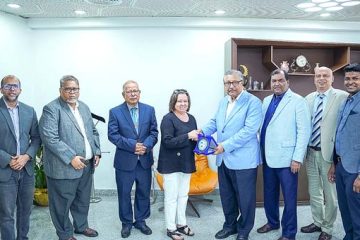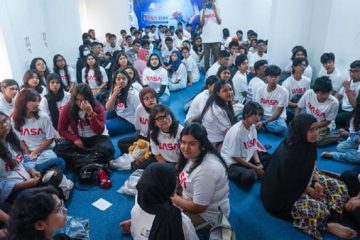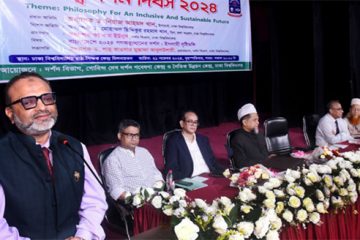A Unesco delegation has wrapped up a two-day visit to Santinekatan in West Bengal state to assess whether Rabindranath Tagore’s abode of peace, which also hosts Visva Bharati University, could be listed as a world heritage site, officials said yesterday.
Led by Kai Wisa, head of the International Council for Monuments and Sites (ICMOS), the Unesco team made an evaluation of India’s nomination of Santiniketan as its official entry for World Heritage Sites.
After arrival on Wednesday night, the delegation, accompanied by officials from Archaeological Survey of India (ASI), visited the 150-acre complex of the Visva Bharati University and its environs.
They made a detailed study of different places in the university like Rabindra Bhavan, Kala Bhavan, Upasana Griha, Path Bhavan and Sangeet Bhavan, the university officials said.
Besides a meeting with Vice-chancellor Rajat Kanta Ray, where Wisa enquired about different sculptures and monuments on the campus, they also met all the heads of different Bhavanas (departments).
ASI had sent a dossier to the Unesco earlier this year for inclusion of parts of Santiniketan on the world heritage site list.
Visva Bharati authorities submitted a report containing detailed information and historical facts of different buildings to them.
The delegation also assessed the authenticity of the supporting documents submitted to Unesco, officials said.
The Unesco representatives also met all stakeholders of the area, including local people and officials from the municipality and the forest department.
Wasi and other members will hold a meeting with the Indian culture ministry and then submit a report to Unesco headquarters in Paris, on the basis of which the declaration as a world heritage site will be made.
After Tagore won the Nobel Prize in 1913, Visva Bharati, started as an experimental school in 1901, bloomed into a full-fledged university.




















